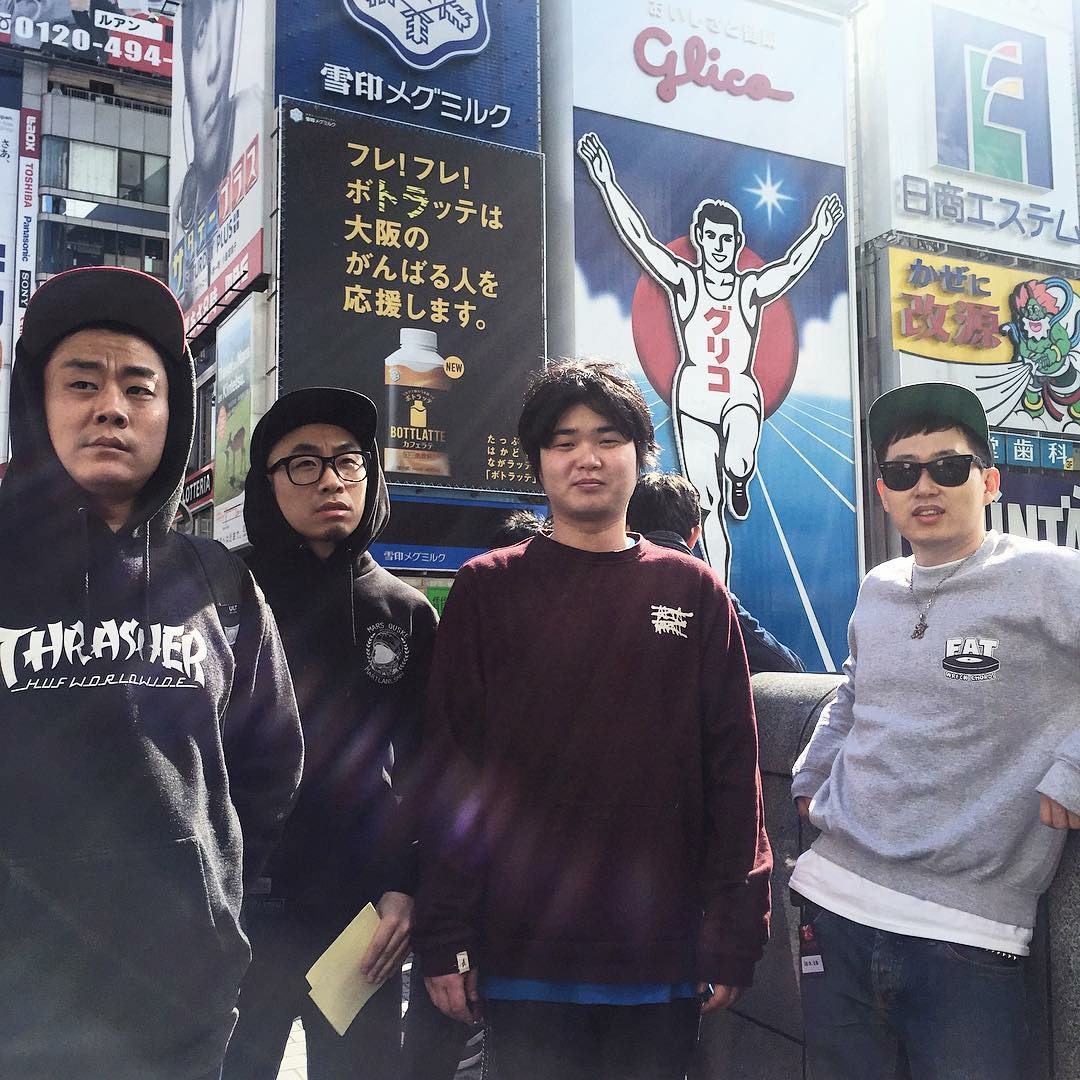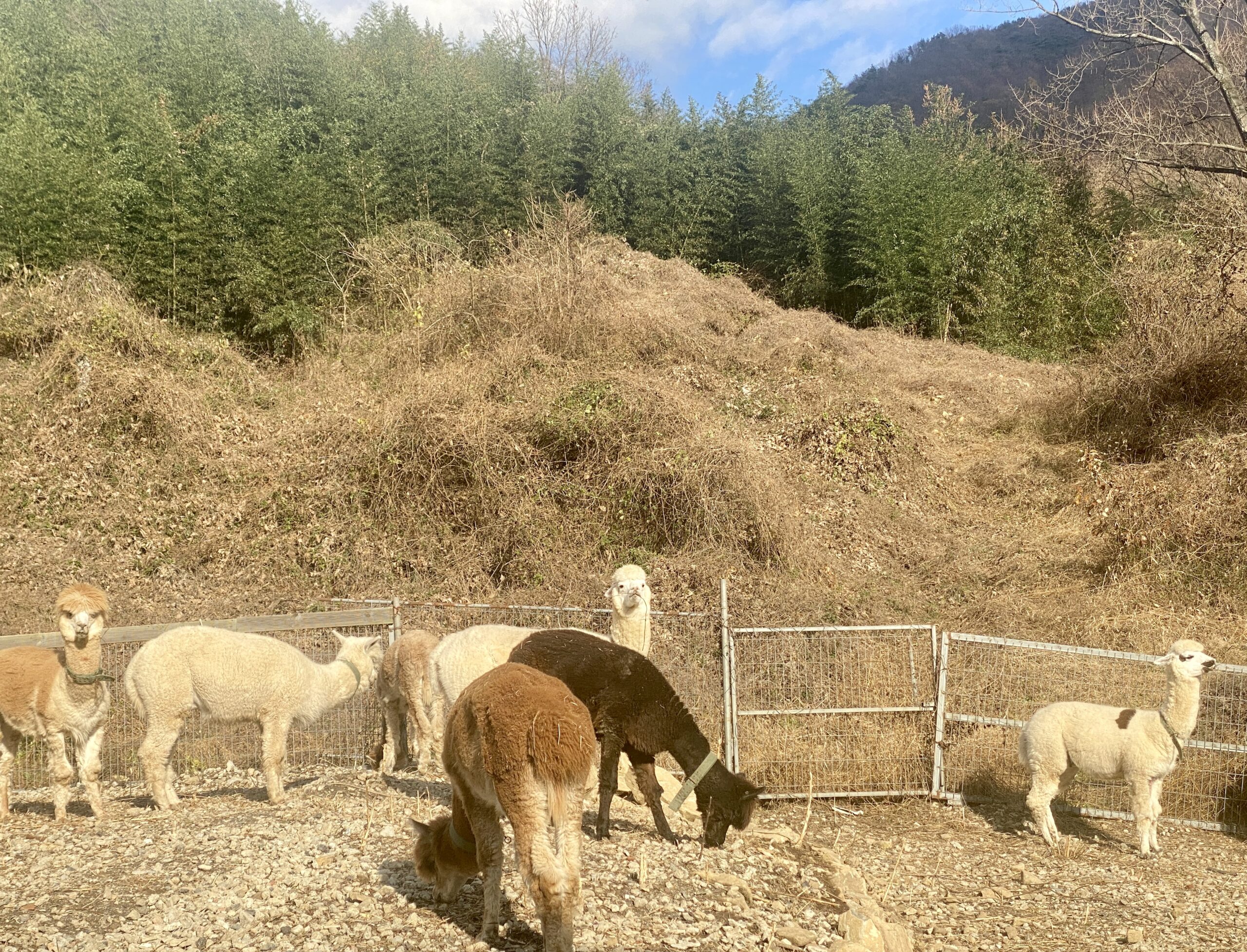Hiroshima
Words and photos by Matt Furlane
Where to go? Seoul, Beijing, Shanghai, Hong Kong, Tokyo and Taiwan all looked like good destinations. I just couldn’t decide. I contacted some friends that teach English in Tokyo and they said they would give me a place to stay. So that settled it, destination Tokyo, Japan. But on the map that I had in front of me I noticed something along the way… Hiroshima.
 After a sunny jet ferry crossing of the East Sea, I disembarked in Fukuoka and boarded one of the famous Shinkansen bu
After a sunny jet ferry crossing of the East Sea, I disembarked in Fukuoka and boarded one of the famous Shinkansen bu
llet trains at Hakata station. As it hurdled through the countryside toward Hiroshima I realized that I was going to see something that few people would ever see in their lifetimes. Formally known as ‘The Hiroshima Prefecture Industrial Promotion Hall’, today it is known as the Genbaku (Atomic) Dome.
Upon arriving, I headed out to the Dome by tram in a city with a solemnity only understood in the light of history. In 1945, after numerous bloody battles in the Pacific, US Democrat President Harry Truman ordered the dropping of “Little Boy” on Hiroshima on August 6th at 8:15 a.m. It killed 80,000 people immediately and destroyed 75% of the city.
Over the next year the only structure within the immediate blast left standing was the Industrial Promotion Hall built in 1915. Today it stands as a post-apocalyptic ruin and as a reminder of the horrors of war. Thousands of tourists and Japanese citizens come to visit this sight every year and Harry Truman’s grandson would be arriving in a few days on the 67th anniversary to pay respects to the dead and call for world peace.
 When I arrived I walked the perimeter of the monument to the side facing the river. It was closer to the structural ruins and you could see broken concrete and the remaining steel framework up close. The ground slightly rumbled below my feet. The electric tram cars were going over a bridge nearby. Hiroshima city is unique in that it held on to this system of transportation. The trams, like buses in Korea, can easily be used to go around the entire city. Several train cars are circa 1940s and it’s rumored that cars 651 and 652 actually survived the war and are still used today. As I watched an older tram go over the bridge I felt transported back in time. It was a sky blue sunny day, about 95 degrees, and the cicadas were chattering, maybe exactly like it was in 1945. I looked up into the sky in the direction where the bomb was dropped. It detonated about 2,000 feet in the air just southeast from where I was standing. A blast of heat incinerated everything. War is hell.
When I arrived I walked the perimeter of the monument to the side facing the river. It was closer to the structural ruins and you could see broken concrete and the remaining steel framework up close. The ground slightly rumbled below my feet. The electric tram cars were going over a bridge nearby. Hiroshima city is unique in that it held on to this system of transportation. The trams, like buses in Korea, can easily be used to go around the entire city. Several train cars are circa 1940s and it’s rumored that cars 651 and 652 actually survived the war and are still used today. As I watched an older tram go over the bridge I felt transported back in time. It was a sky blue sunny day, about 95 degrees, and the cicadas were chattering, maybe exactly like it was in 1945. I looked up into the sky in the direction where the bomb was dropped. It detonated about 2,000 feet in the air just southeast from where I was standing. A blast of heat incinerated everything. War is hell.
Later I walked through Peace Memorial Park with its eternal flame and then to one of the bridges nearby just to look out over the water. A tour boat went by and people walked about through the park. Somewhere there were the famous Chinese Parasol survivor trees (aka Phoenix Trees) that were completely shredded by the blast. They sprouted leaves the following spring in 1946. But I was tired and getting hungry and decided to head back to my hotel and return later.
At about 8 p.m. I rented an electric bike for about 500 yen. I returned to the Dome to find it lit up with flood lights. The park was still busy with pedestrians and school children walking about and people biking to and fro. It was surprisingly serene, a testament to the fact that despite Hiroshima’s painful past there was an enduring spirit of peace. It was too dark to find the Phoenix trees though, so I just sat on a nearby park bench and watched people come and go.
 Later that night as I looked out my hotel window I could see the bullet trains heading in and out of their station. I could only marvel at the spirit of the Japanese people. When you look at the ravages of war, earthquakes, tsunamis, and typhoons it seems very few countries have experienced more hardship on a regular basis than Japan. And to think that it wasn’t but 19 years after the bomb dropped that Japan hosted its first Olympics in 1964 (the 1940 Tokyo Olympics were canceled). Some have even noted that parts of Hiroshimain 2012 look similar to the booming 1970s city of Detroit in its architecture and skyline. Surprisingly, ith its 1.2 million people, baseball team, soccer team and being home to Mazda Motor Company, I found it to be a burgeoning industrial city similar in size, character, and population to Gwangju.
Later that night as I looked out my hotel window I could see the bullet trains heading in and out of their station. I could only marvel at the spirit of the Japanese people. When you look at the ravages of war, earthquakes, tsunamis, and typhoons it seems very few countries have experienced more hardship on a regular basis than Japan. And to think that it wasn’t but 19 years after the bomb dropped that Japan hosted its first Olympics in 1964 (the 1940 Tokyo Olympics were canceled). Some have even noted that parts of Hiroshimain 2012 look similar to the booming 1970s city of Detroit in its architecture and skyline. Surprisingly, ith its 1.2 million people, baseball team, soccer team and being home to Mazda Motor Company, I found it to be a burgeoning industrial city similar in size, character, and population to Gwangju.
The next morning I hopped on the Shinkansen train headed to Tokyo to meet up with my friends. Over the next few days I would hit the more popular tourist destinations like the Asakusa Temple, Edo Palace, and the immense Edo museum. It provided a good introduction to Japan and it’s culture but I only scratched the surface. As much as I loved Tokyo I think Hiroshima is an equal destination of importance not only because of it’s current status as the first city to suffer an Atomic bomb attack but because of it’s resilience in recovering and it’s newer mantra as a City of Peace.





